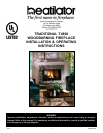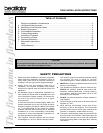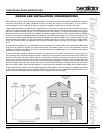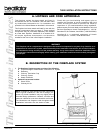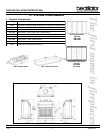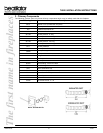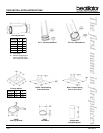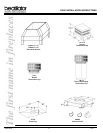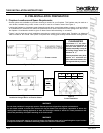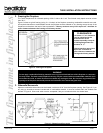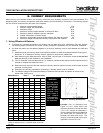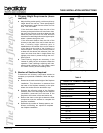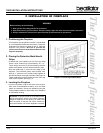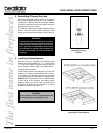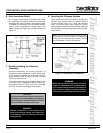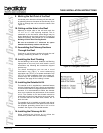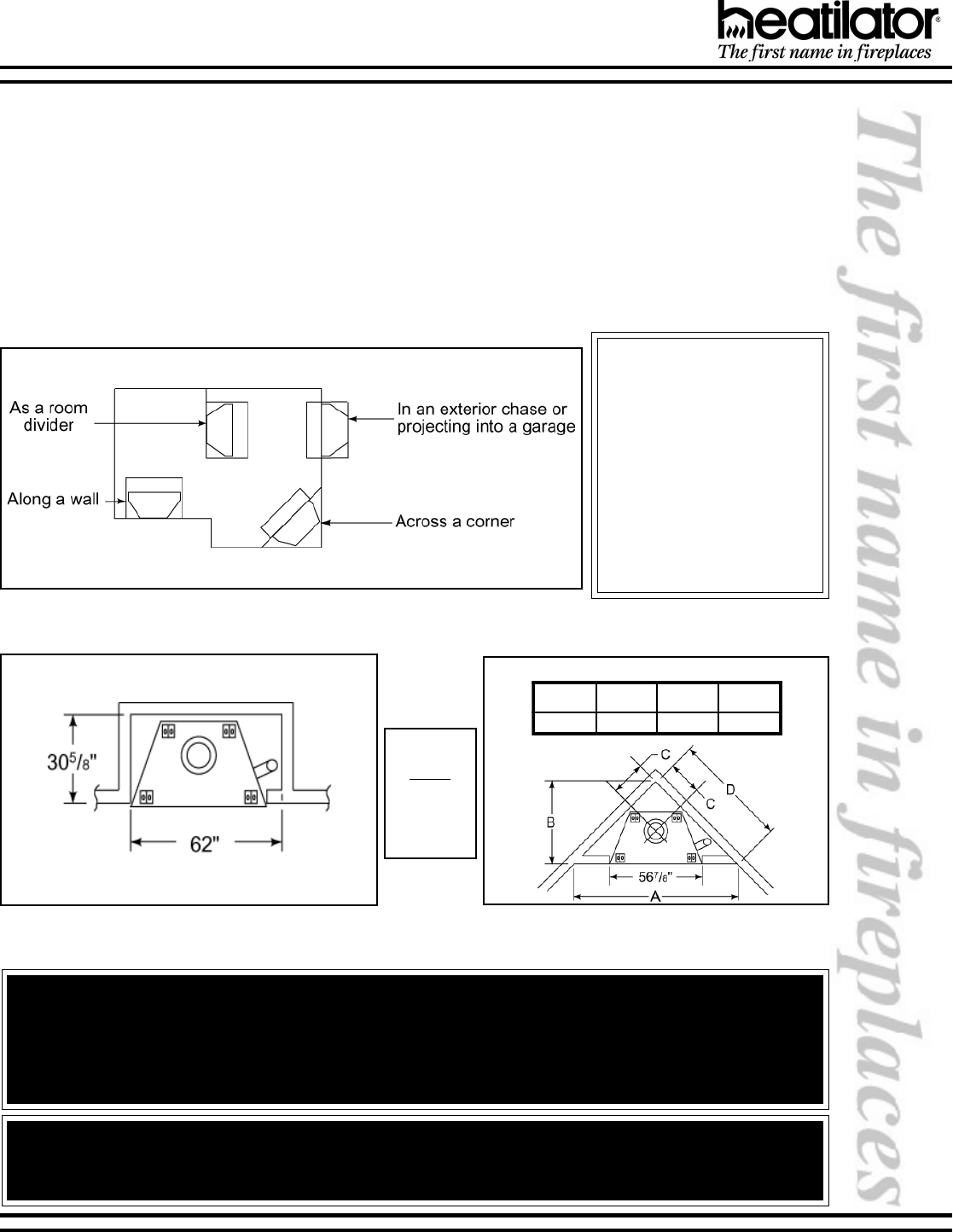
12-01 9 34922 Rev B
T4800 INSTALLATION INSTRUCTIONS
Figure 4
Corner Installation
WARNING!
Do not draw outside air from garage spaces. Exhaust products of gasoline engines are hazardous.
Do not install outside air ducts such that the air may be drawn from attic spaces, basements or above the
roofing where other heating appliances or fans and chimneys exhaust or utilize air. These precautions will
reduce the possibility of fireplace smoking or air flow reversal.
WARNING!
To prevent contact with sagging or loose insulation, the fireplace must not be installed against vapor barriers
or exposed insulation. Localized overheating could occur and a fire could result.
These are
rough
framing
dimensions
only.
Figure 2 - Fireplace Locations
CLEARANCES!
A minimum 1½ air clear-
ance must be maintained at
the back and sides of the
fireplace assembly except at
the nailing flange where the
clearance is ½.
Chimney sections at any level
require a 2 minimum air
space clearance between the
framing and chimney section.
Figure 3
Installation Along a Wall or an Exterior Chase
riAedistuOhtiW
ABCD
"½99"¾9432
5
/
8
"07
3
/
8
"
D. PRE-INSTALLATION PREPARATION
1. Fireplace Locations and Space Requirements
Several options are available to you when choosing a location for your fireplace. This fireplace may be used as a
room divider, installed along a wall, across a corner or used in an exterior chase. See Figure 2.
Locating the fireplace in a basement, near frequently opened doors, central heat outlets or returns, or other locations
of considerable air movement can affect the performance and cause intermittent smoke spillage from the front of
the fireplace. Consideration should be given to these factors before deciding on a location.
Figures 3 and 4 show two typical installations assuming an outside air kit is being used. Therefore, an allowance
must be made for 90° bends. Less space is required when ducting goes directly outside without forming elbows.



